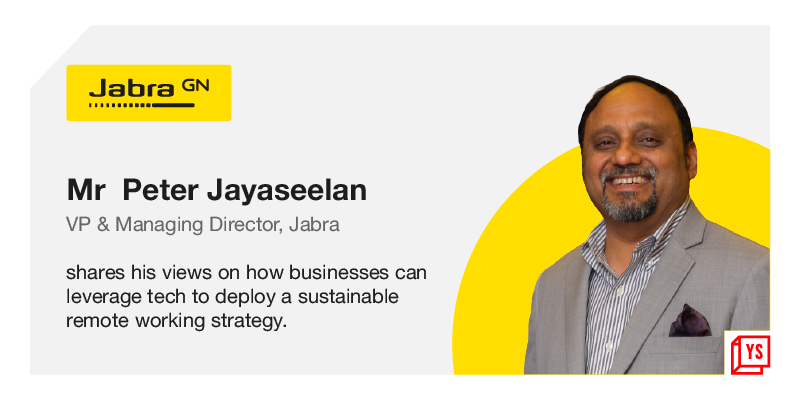Two startup failure confessions that teach us a lot

Few weeks ago, Everpix, a cloud-based photo service that had good traction and raised $1.8 million from investors, including Index Ventures and 500 Startups, announced that it is closing down. The company was started two years ago with the goals of solving photo storing problem and designing better ways for people to enjoy their memories. “We were unable to secure sufficient funding in order to properly scale the business, and our endeavors to find a new home for Everpix did not come to pass. At this point, we have no other options but to discontinue the service,” wrote the Everpix team on their blog.
Startups die all the time but one remarkable thing that Everpix did apart from forming a great community of users was that it left behind a legacy. Everpix made some of the most private details of the company public for others to benefit from:
Investment terms for consecutive convertible notes and an equity seed round.
How was the money used over the two years?
Reasons VCs give when they pass and much more...
More recently, another startup, DrawQuest announced its shutdown. The drawing application has been downloaded more than 1.4 million times, and is used by about 25,000 people a day, yet the service is closing down. “It’s been a long four year journey, full of highs and lows. I am simultaneously incredibly proud, and incredibly disappointed,” wrote founder Christopher Poole on their blog.
The reason? “It may seem surprising that a seemingly successful product could fail, but it happens all the time. Although we arguably found product/market fit, we couldn’t quite crack the business side of things,” writes Poole.
The company had raised about $3.6 million in four years of its existence from the likes of SV Angel and Andresseen Horowitz. “Building any business is hard, but building a business with a single app offering and half of your runway is especially hard (we created DrawQuest after the failure of our first product, Canvas). I’ve come away with new found respect for those companies who excel at monetizing mobile applications,” says Christopher.
These two failure stories bring out some cliched but very important factors while building a company:
- Always keep an eye on the business side of things. Cracking traction does not always mean that you'll find a business model.
- Don't hide your failures. Be open and genuine and the world will see it.
Do share your learnings in the comments or write to us if you have a story to share.











![[Funding alert] Digital health startup Remedico raises Rs 4 Cr led by AWE Funds](https://images.yourstory.com/cs/2/b87effd06a6611e9ad333f8a4777438f/Imagee7rc-1612340735621.jpg)